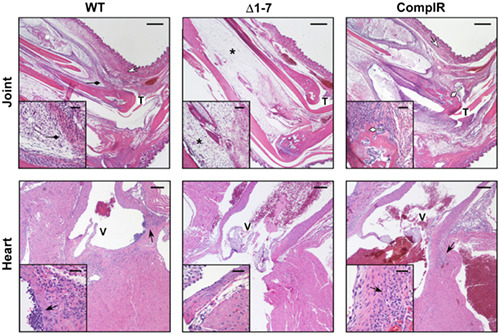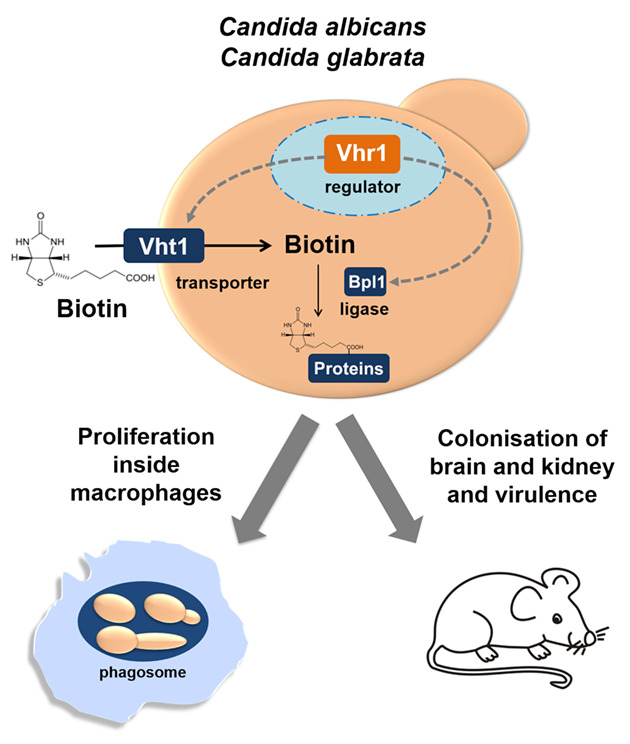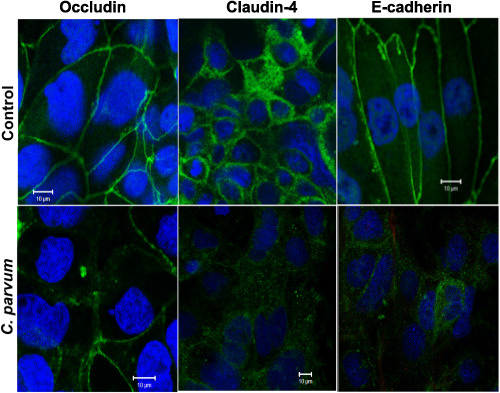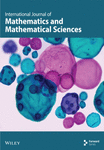Journal list menu
Export Citations
Download PDFs
Commensal and pathogenic biofilms differently modulate peri-implant oral mucosa in an organotypic model
- First Published: 03 July 2019
Early host–microbe interaction in a peri-implant oral mucosa-biofilm model
- First Published: 23 April 2020
Streptolysin-induced endoplasmic reticulum stress promotes group A Streptococcal host-associated biofilm formation and necrotising fasciitis
- First Published: 21 September 2018
A small intergenic region of lp17 is required for evasion of adaptive immunity and induction of pathology by the Lyme disease spirochete
- First Published: 03 April 2019

Characterization of putative virulence determinants encoded on the lp17 plasmid of the Lyme disease agent, Borrelia burgdorferi, has only recently begun. In this report, mutation of an intergenic region of lp17 was found to significantly impair tissue colonization and pathology by B. burgdorferi, and the tissue colonization defect was alleviated in mice lacking an adaptive immune response. Interestingly, our results suggest that the intergenic region affects the expression of genes that code for immunogenic proteins normally repressed during host infection.
Blood treatment of Lyme borreliae demonstrates the mechanism of CspZ-mediated complement evasion to promote systemic infection in vertebrate hosts
- First Published: 20 December 2018
The surreptitious survival of the emerging pathogen Staphylococcus lugdunensis within macrophages as an immune evasion strategy
- First Published: 14 June 2018
Fungal biotin homeostasis is essential for immune evasion after macrophage phagocytosis and virulence
- First Published: 21 February 2020

The vitamin biotin is essential for all organisms, including the opportunistic fungal pathogens Candida albicans and C. glabrata. Both species are auxotrophic for this vitamin and acquire host biotin during infection by using a conserved system, consisting of the biotin transporter Vht1 and the transcriptional regulator Vhr1. We show that Vht1-mediated biotin acquisition is critical for both species during intracellular proliferation within and escape from macrophages, and systemic infections. We conclude that biotin access is limited in phagosomes containing fungi.
Evasion of phagotrophic predation by protist hosts and innate immunity of metazoan hosts by Legionella pneumophila
- First Published: 29 October 2018
NAD hydrolysis by the tuberculosis necrotizing toxin induces lethal oxidative stress in macrophages
- First Published: 11 September 2019
Cholix toxin, an eukaryotic elongation factor 2 ADP-ribosyltransferase, interacts with Prohibitins and induces apoptosis with mitochondrial dysfunction in human hepatocytes
- First Published: 22 April 2019
Eimeria tenella ROP kinase EtROP1 induces G0/G1 cell cycle arrest and inhibits host cell apoptosis
- First Published: 02 April 2019
Haemolysin Sph2 of Leptospira interrogans induces cell apoptosis via intracellular reactive oxygen species elevation and mitochondrial membrane injury
- First Published: 02 October 2018
A novel kinase function of a nucleoside-diphosphate-kinase homologue in Porphyromonas gingivalis is critical in subversion of host cell apoptosis by targeting heat-shock protein 27
- First Published: 22 January 2018
Extracellular HtrA serine proteases: An emerging new strategy in bacterial pathogenesis
- First Published: 26 March 2018
Cryptosporidium parvum disrupts intestinal epithelial barrier function via altering expression of key tight junction and adherens junction proteins
- First Published: 14 February 2018

The molecular pathophysiology of cryptosporidiosis, a widespread diarrheal disease caused by infection with the protozoan parasite Cryptosporidium parvum, is incompletely understood. Impaired intestinal epithelial barrier function and increased permeability are most commonly associated with diarrheal diseases caused by enteric infections. Our studies for the first time demonstrated disruption of epithelial barrier function following C. parvum infection via extensive downregulation of key tight junction and adherens junction proteins that could be a major mechanism of cryptosporidiosis.
Influenza virus matrix protein M1 interacts with SLD5 to block host cell cycle
- First Published: 03 May 2019




1462-5822.pathogen-evasion.cover.jpeg)
